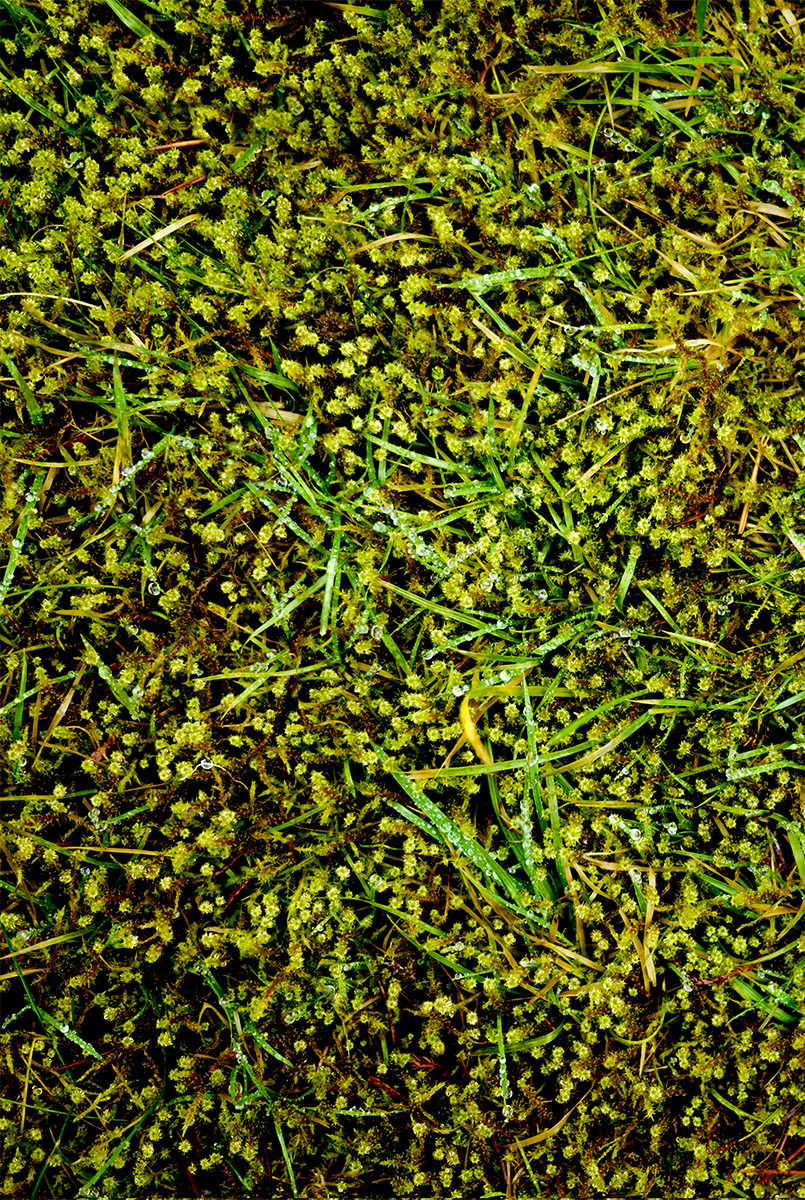
How Rivers Meet Cliffs
J.A. Dela Cruz-Smith



 Bataan Death March
Bataan Death March
If water was still, you could gaze down the barrel of her chaotic mouth long enough to find your sister there.
The lengths of tropical, Jurassic trees cut down and laid beside a river measure the lulls in your sister’s gasps for air.
The water’s rushing toward the edge of rocks. Or else you’ll end up as still as the dirt packed in to your father’s nostrils and your mother’s lungs.
Can’t you hear your sister is shouting? Tones ricochet off the bamboos. Birds don’t sound like birds; her chest is as tight and panting as a humming-
bird’s, though.
There are blood lashes fastened to her brown skin—the reds you find on the dead kingfisher outside your house someday. Or, how Governor’s plums stained the boy’s fingers and face.
She cuts her fingertips along the whiskers of sword ferns.
You don’t know if you should stay back with the bodies. You’re gaining ground on the water.
Your young shadows are tinged with every shade of jungle-green. It is the only way you can recall the night as lines
from scenes behind you. A thin, loud tinnitus.
Once you get there, you are touching exposed flesh. She stops and kneels. Her reflection is the same as the water’s.
The two touch as though both bodies were made holy, like entering church. She does the sign of the cross.
She would have leaned in to amen you on the cheek like she’s leaving home, but this kind of leaving only happens the way rivers meet cliffs—standing up, giving to it.
Originally published in Moss: Volume Five.
‹ |
Previous Ruth Joffre with Diana Xin |
Next Sheep’s Clothing, Sasha LaPointe |
› |


